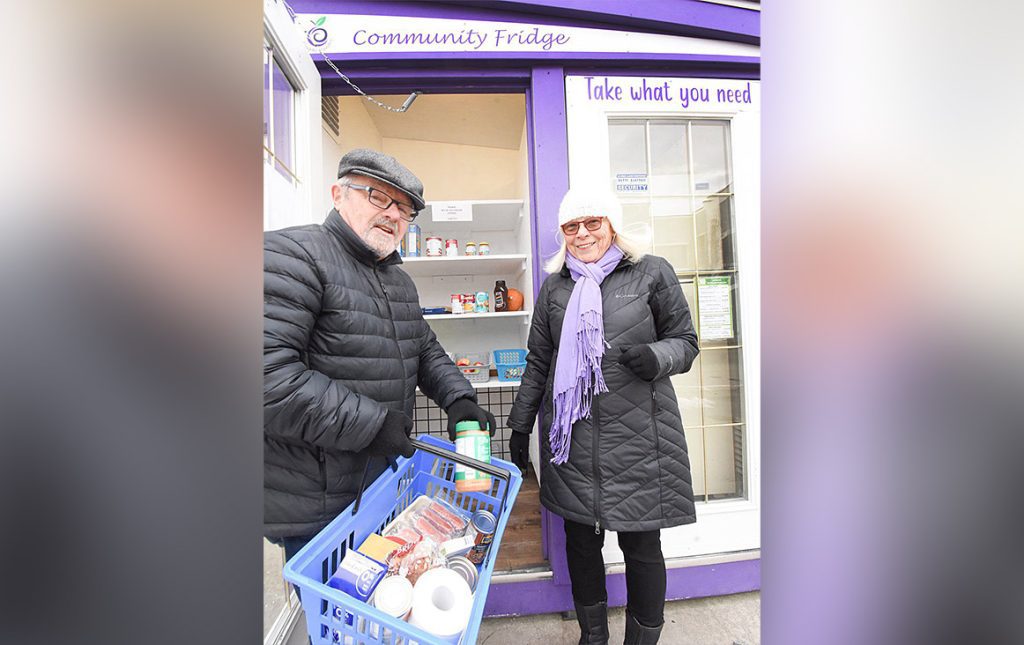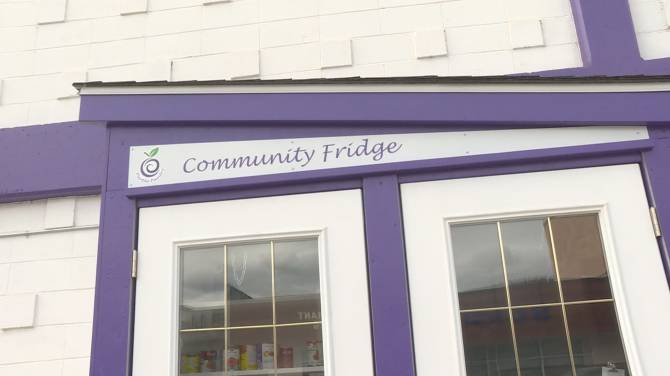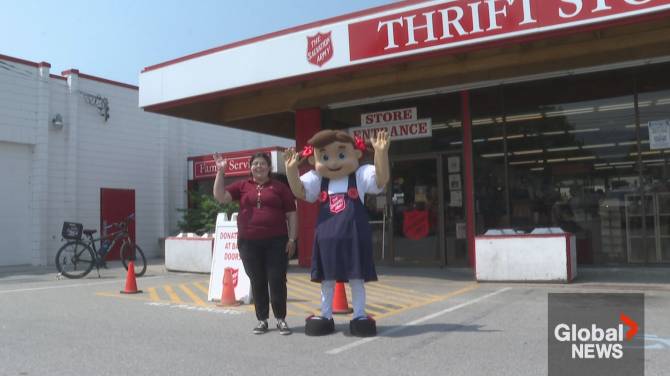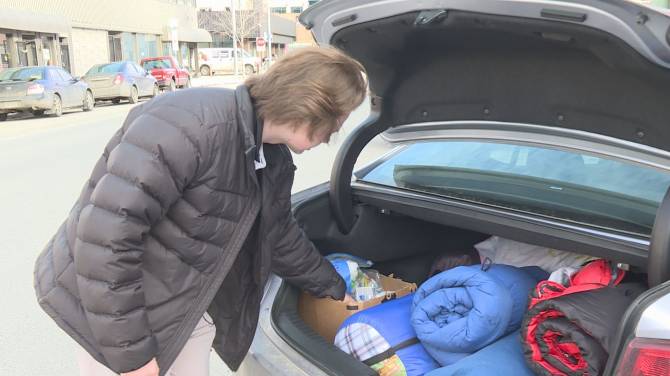It’s been two years since Allison Howard and Dave Corbeil launched the Purple Pantry in Penticton, B.C., and still the community fridge is busier than ever.
Every day, at least 100 people open the fridge doors, whether to donate or take what they need. Food is taken almost as fast as it's put on the shelves.
“It’s been really quite amazing. When we started, we had no idea it would be this popular. And we’re just busy all day long,” said Howard.
“It’s virtually impossible. We fill it as often as we can. But in a few minutes, it’s empty. So, we keep going and doing the best we can.”
Howard mentioned that not only has the demand for their services continued to grow over the past couple of years, but the demographic of those in need has also changed.
“Now there’s a lot of people who are employed but can’t … save for food,” said Howard.
“We’re seeing a lot of seniors and students — a lot of students — now, so in other words, there’s a broader spread.”
The pair says community support has grown as well, and they wouldn’t be able to keep up with the demand without help.
Many local organizations, including the Elks Club, where the fridge is located, donate food and supplies regularly.
“I can’t imagine if we were to try to keep this thing full all the time,” said Corbeil.
“I cannot imagine how much food we would go through and it’s just a staggering amount. So really, yes, as much food as you can, keep it coming. That just helps us … help more people.”
Experts say the increasing demand for food services is not uncommon and is happening across the country due to the high cost of living.
“The issue, of course, is that things have changed rapidly and drastically for many households. Obviously, food prices are a big concern, but housing costs are also a major issue. And it’s difficult to downsize on housing,” said Dalhousie University Agri-Food Analytics Lab director Sylvain Charlebois.
“So, people have cut back at the grocery store a lot. But sometimes when you actually want to eat, sometimes these prices are just out of reach. That’s why many people feel desperate and need help, so they turn to food banks.”
However, there is a positive development as for the first time since October 2021, the food inflation rate is at the same level as inflation.
“Food no longer drives inflation higher, which is really a good sign. We were expecting this to happen this year, and it’s happening now,” said Charlebois.
“Gradually, things will start to become more normal at the grocery store. But still, many people have been left behind in the last year or so and that’s why they need all the support they can get, for sure.”
Meanwhile, the Purple Pantry is relying on the help of local organizations, community members, and their volunteers to meet the growing demand for their services.






